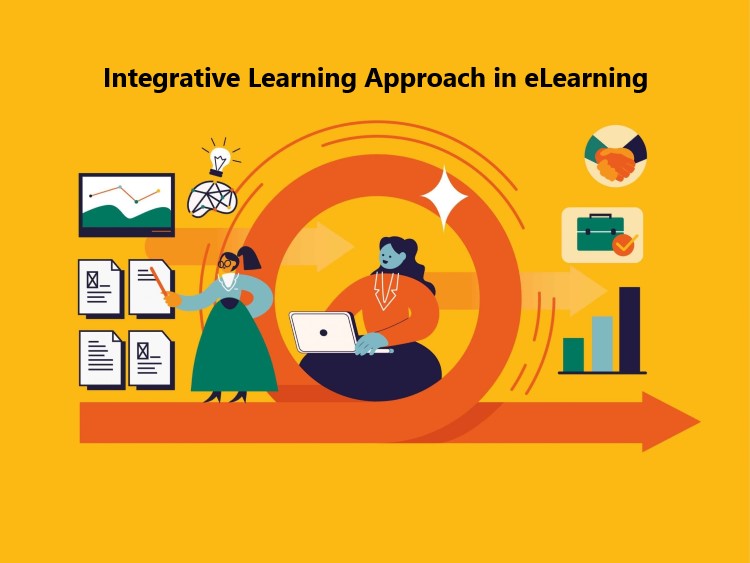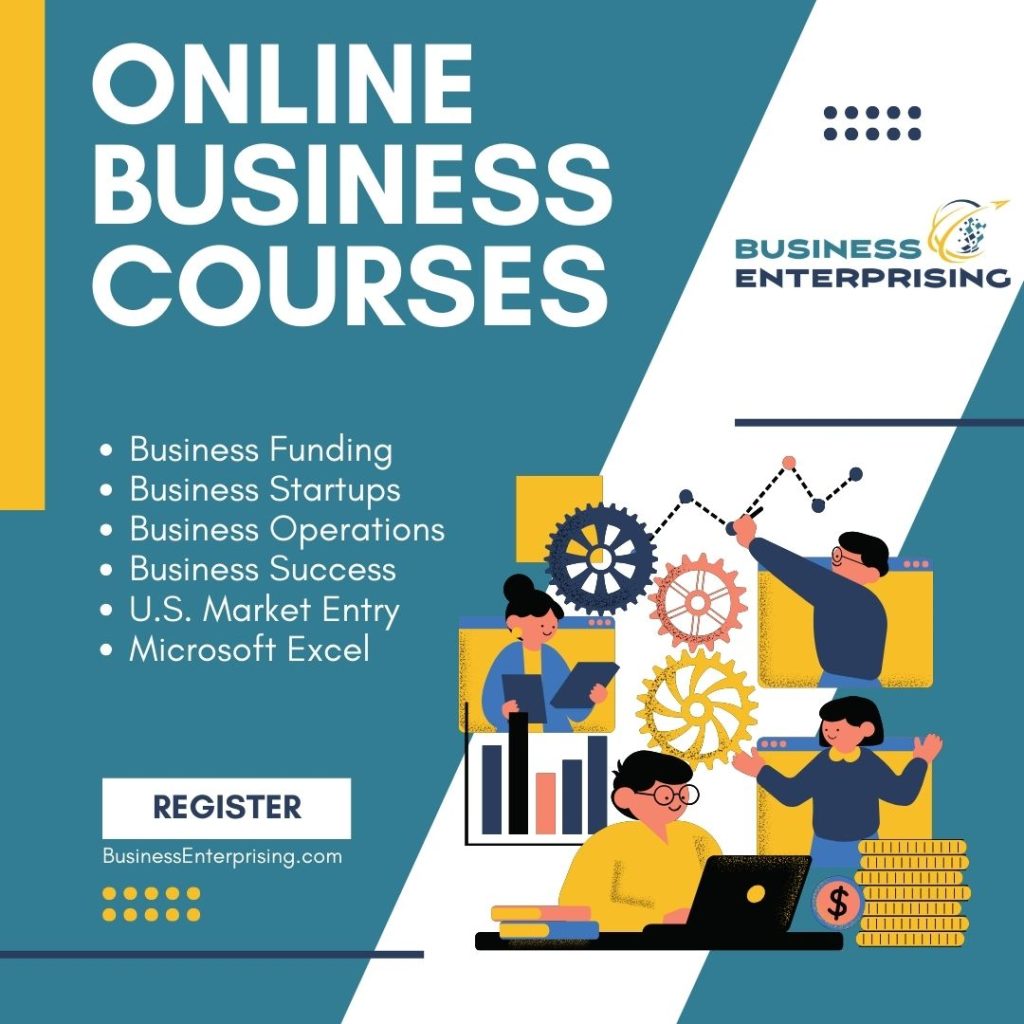
What Is Integrative Learning in eLearning?
Integrative learning is an approach that encourages students to connect knowledge from different subjects and apply it in practical ways. In eLearning, this method helps students break away from traditional siloed learning by merging information across various disciplines. The integrative learning approach in eLearning allows students to see the bigger picture and make meaningful connections between concepts.
This approach helps students engage with material in a way that encourages deeper understanding. Instead of memorizing isolated facts, learners apply what they’ve learned to real-world scenarios. For example, a project might require students to use skills from both science and history to solve a problem. This broadens their thinking and promotes a holistic view of learning.
In an eLearning environment, the integrative learning approach is highly adaptable. It provides opportunities for cross-disciplinary collaboration and interactive projects that mimic real-life challenges. By fostering a connection between different fields of knowledge, this method prepares students to think critically and apply their learning in various contexts, which is key to lifelong learning and professional success.
Benefits of an Integrative Learning Approach in eLearning
An integrative learning approach in eLearning offers several important benefits. One of the key advantages is its ability to enhance critical thinking. By connecting knowledge from various subjects, students learn to approach problems from multiple perspectives. This encourages deeper thinking and helps them make more informed decisions.
Another significant benefit of this approach is improved problem-solving skills. The integrative learning approach in eLearning requires students to use information from different fields to address complex issues. This process trains them to find solutions that are more creative and effective, as they are not limited to a single area of expertise.
Finally, integrative learning helps students apply knowledge in real-world scenarios. By breaking down the boundaries between subjects, this approach prepares learners for practical challenges they may face in their careers. They are better equipped to transfer what they’ve learned into meaningful action, making the integrative learning approach in eLearning a powerful tool for both personal and professional growth.
Strategies for Implementing Integrative Learning in eLearning Programs
Implementing the integrative learning approach in eLearning programs requires thoughtful strategies that connect different disciplines and promote active learning. One effective technique is the use of cross-disciplinary projects. By combining knowledge from multiple subjects, these projects encourage students to apply what they’ve learned in creative ways. For example, a project that blends business and environmental science can help students develop more comprehensive solutions.
Collaborative learning is another important strategy. When students work together, they can share insights from various fields, which enhances their ability to think critically. In an eLearning setting, collaboration can be facilitated through discussion forums, group projects, and virtual meetings. These interactions help learners develop communication skills while engaging with diverse perspectives, making the integrative learning approach in eLearning more dynamic.
Real-world case studies are also key to fostering integrative learning. Presenting learners with real-world problems that require a multi-disciplinary approach helps them see the practical applications of their knowledge. These case studies can be drawn from current events or industry scenarios, which makes the learning experience more relevant. By integrating these strategies, you can create a richer and more engaging eLearning program that promotes both knowledge and critical thinking.
The Role of Technology in Supporting Integrative Learning
Technology plays a key role in supporting the integrative learning approach in eLearning. Digital tools, such as interactive platforms and multimedia content, help learners connect knowledge from different subjects. These tools encourage engagement by making complex topics more accessible and visually stimulating. For example, online simulations allow students to experiment with real-world scenarios, applying knowledge from multiple fields.
Simulations are particularly useful in the integrative learning approach. They provide students with opportunities to solve problems that require cross-disciplinary thinking. For instance, a business simulation might incorporate aspects of economics, marketing, and finance. This not only helps students understand each subject better but also shows them how these areas intersect in practice.
Learning management systems (LMS) further enhance integrative learning by providing a structured environment where students can collaborate and track their progress. Features like discussion forums, quizzes, and project submission areas make it easier for learners to engage with the material. By using technology to facilitate communication and feedback, an LMS strengthens the integrative learning approach in eLearning, helping students stay connected and engaged across multiple disciplines.
Assessment Methods for Integrative Learning in eLearning
Assessing the integrative learning approach in eLearning requires methods that measure how well students can connect and apply knowledge across different areas. One effective way to evaluate this is through project-based assessments. These projects allow students to demonstrate their understanding by solving real-world problems that involve multiple disciplines. For example, a project combining technology, business, and ethics can show how students integrate various subjects to create a comprehensive solution.
Portfolios also offer a valuable way to assess integrative learning. By compiling a collection of work over time, students can reflect on their learning journey and demonstrate growth. Portfolios allow learners to showcase projects, research, and other activities that highlight their ability to integrate knowledge. This method provides a broader view of their skills and shows how they apply what they’ve learned in different contexts.
Reflective assessments are another key component of the integrative learning approach in eLearning. These assessments encourage students to think critically about how they connect knowledge from different fields. By reflecting on their thought processes and decision-making, students develop deeper insights into their learning. This method helps assess not only what students know, but also how they approach problems from a cross-disciplinary perspective.
Challenges and Solutions in Applying Integrative Learning in eLearning
One of the biggest challenges in applying the integrative learning approach in eLearning is siloed thinking. Students often focus on individual subjects without seeing the connections between them. This can limit their ability to apply knowledge across disciplines. To overcome this, you can design cross-disciplinary projects that require students to use skills from multiple areas. For example, combining elements of science and business in a single project encourages broader thinking.
Limited student engagement is another common obstacle. Without face-to-face interactions, keeping students actively involved in integrative learning can be difficult. One solution is to incorporate interactive elements such as simulations or collaborative group work. These tools allow students to engage with the material and each other, fostering a deeper connection to the learning process. Using real-world case studies also helps make the material more relevant, boosting engagement.
Finally, some students may struggle with adapting to the integrative learning approach in eLearning because it demands higher-level critical thinking. To address this, you can provide clear instructions and support throughout the learning process. Offering feedback and guidance helps students become more comfortable with connecting ideas across subjects. With these strategies, you can overcome the challenges and make integrative learning more effective in online environments.
Conclusion
In conclusion, the integrative learning approach in eLearning offers a valuable way to connect knowledge across disciplines. It enhances critical thinking, problem-solving, and real-world application. Though challenges like siloed thinking or limited engagement may arise, strategies such as cross-disciplinary projects and interactive tools help overcome these obstacles. By fostering a deeper understanding of how subjects relate, the integrative learning approach in eLearning prepares students for more complex challenges in their personal and professional lives. This method makes education more meaningful and effective in an evolving digital landscape.


